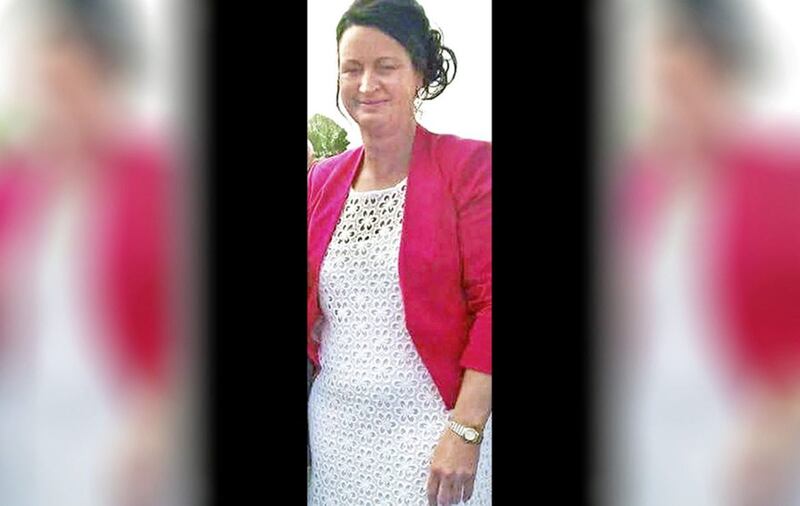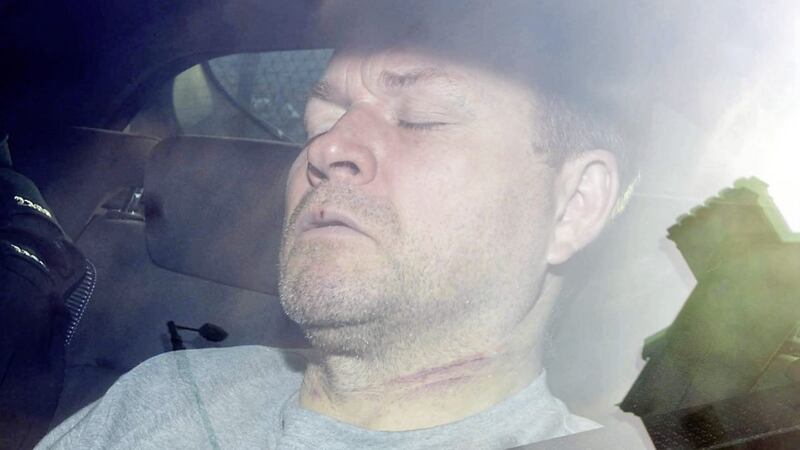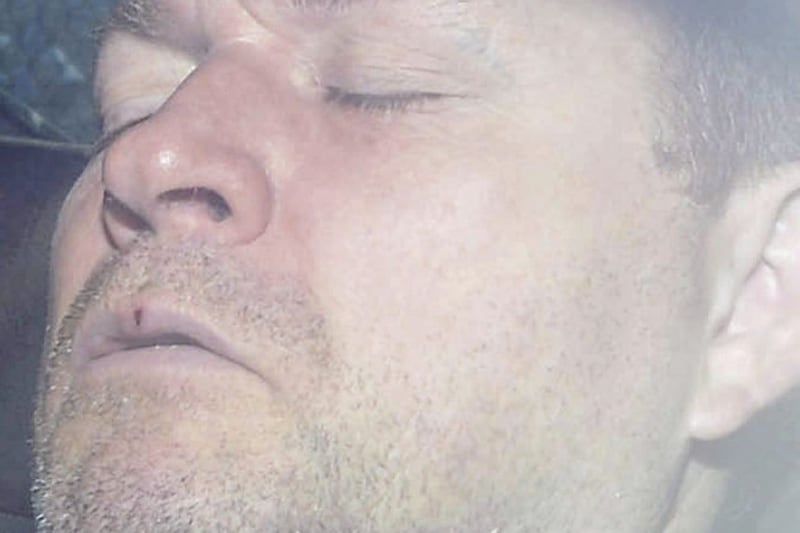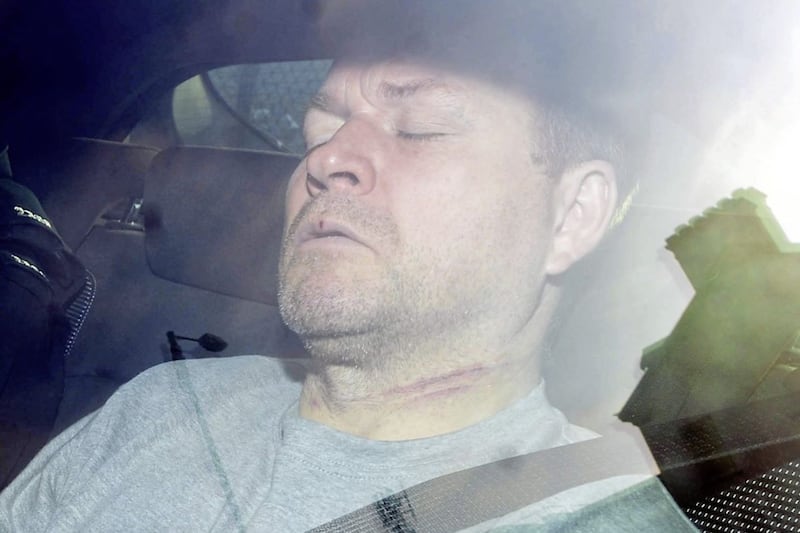A PATHOLOGIST who conducted a post mortem on the body of Co Armagh woman Anita Downey yesterday rejected suggestions that a fatal wound to her neck was caused accidentally.
Ms Downey, a 51-year old mother-of-three from Lurgan, died from a large wound to the left side of her neck which was so deep it reached her cervical spine.
David Lyness is currently standing trial at Belfast Crown Court for murdering Ms Downey in the living room of his Toberhewny Hall home in Lurgan in the early hours of January 20 last year.
The 52-year-old has denied the offence, and claimed the fatal wound to Ms Downey's neck was sustained during a struggle when tried to take a knife off her.
He also claimed that after she died, he firstly tried to take his own life with the same knife, then lay beside her and cuddled her until police arrived.
The jury heard the kitchen knife was 33cms in length, with a 20cm pointed blade. Lyness described it as a chef's knife and said he bought it in TK Maxx for £6.99.
As the trial entered its second week, the assistant state pathologist Dr Christopher Johnson, who carried out an autopsy, told the court that as well as the fatal neck wound, the deceased also displayed several 'blunt force injuries' on her face and neck which resulted in bruising.
When the doctor was asked about the fatal stab wound by Crown prosecutor Neil Connor QC, the pathologist said the neck muscle had been "completely severed" and the left jugular vein was partially severed.
Also present were physical signs which the doctor said suggested her neck has been gripped prior to the knife wound.

The pathologist said death was caused by severing the jugular vein adding this wound was caused by "more than one movement of the blade across the neck", which he said "would be in keeping" with a sawing motion.
When asked to comment on the level of alcohol in Ms Downey's system, the pathologist told the court: "The notable drunkenness may have reduced her ability to defend herself from the attack."
Mr Connor then asked the pathologist whether or not the deceased could have caused the fatal neck wound herself, accidentally. He replied by saying "I don't think that the pathology appearances are in keeping with an accident. You couldn't get a wound like that simply as the result of an accident. There were at least two cuts to the neck."
Under cross-examination by Richard Green QC, the barrister representing Lyness, the pathologist was again asked whether or not the fatal wound was inflicted by accident.
Revealing it was his client's case that Ms Downey sustained the injury during a struggle as Lyness tried to take the knife off her, the pathologist said: "No. This injury is indicative of there being more than one cut across the neck, as if somebody has cut her throat."
In addition to evidence from the pathologist, the jury of seven men and five women also heard Lyness's version of events following his arrest.
He told police that Ms Downey came at him with a knife and that she sustained the wound in the "frantic scuffle."
Lyness said he shouted for his son to call an ambulance, that he "stayed with Anita and then she stopped breathing", then he "lay down beside Anita and stayed there until the police came ... I just lay beside her and hugged her."








